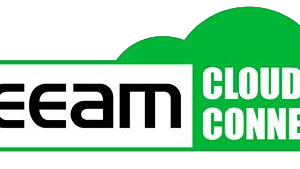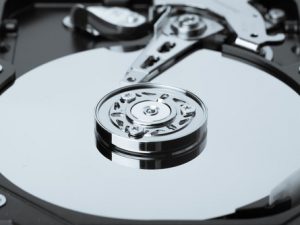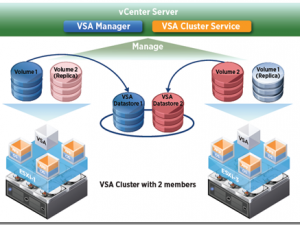Admin
Latest posts by Admin (see all)
- The SAN Storage Trinity - October 13, 2017
Gartner have strict definitions of which technology types could enter their Backup Magic Quadrant.
But never had Gartner allowed Virtual only Backup Products (Veeam, Vranger, PhD Virtual etc) to form part of the Magic Quadrant.
Until now (June 2013).
Veeam has entered Gartner Magic Quadrant in the Visionary Category.
Lets consider this:
Going back just 3 Years ago (2009/2010), many of the ‘Mid Market’ clients CD-DataHouse work with, were:
- 80 to 50% Physical from a Server count perspective
- In all cases, typically ‘80% – 90%’ of the mission critical workload still running on physical server
Today
- The Physical Server count is typically 20 – 10% by number count
- With 20-30% of the mission critical workload still running on physical servers
Yet the workload moved to Virtual, not only comprises critical work, but significant amounts of Test/Dev.
Why – The ability to quickly clone ‘another’ Windows Server has resulted in a massive sprawl of Virtual Machines.
Where a few Test/Developers would have shared a Physical Windows Server in the past, every person wants their own isolated Windows Server.
We now have Small Business needing to backup 100-200 Windows Virtual Machines.
That’s just simply unmanageable.
Yet, certain Vendors, who have come from a Legacy of Physical Backup (The Veritas’s of this world) have not invested the:-
- time,
- development
- or expertise
:-to create brilliant VMware backup products.
Most importantly, these Legacy vendors have not achieved the ‘every day affordable ’ price points vendors such as Veeam and Vranger have achieved.
Veeam, with its 65,000 customer worldwide has moved itself into an enviable position.
Its internal Development and Test Dev team has such a massive customer base (and incoming flow of revenue), that it literally can afford to be at the cutting edge of every nuance of VMware backup.
- But how difficult can VMware Backup be?
- Its just an API supplied by VMware that every vendor gets to work with (right?)
- Every vendor is doing the same thing? with this API
Nothing could be further from the truth – VMwares VADP (Backup) API is far from perfect.
The underlying mechanism VMware must steps through to initiate and proceed with a snapshot have a significant number of moving parts that need coordinating.
The difference between the vendors providing backup for VMware is how well their products (or should I say their developers)
- Understand what vmware is doing
- Can anticipate and prevent errors VMware may makes
- and to then workaround, compensate or correct vmwares errors – eg a classical example being stranded snapshots from a prior backup job
Summary
It appears that Veeam has positioned itself ahead of the pack – and other than a bad release, it will maintain that postion.
Withe Virtual Backup – now as critical as Physical Backup, and customers willing to adopt a hybrid approach to achieve best of breed, its only natural that Gartner offers its clients the ‘best advice’ possible and for that it requires Veeam to be placed within the Magic Quadrant.





